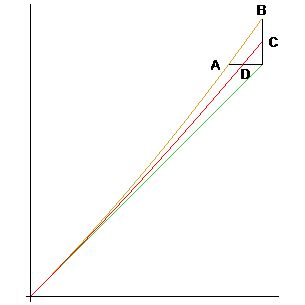In his Huygens and Barrow, Newton and Hooke, Arnold mentions a notorious teaser that, in his opinion, "modern" mathematicians are not capable of solving quickly. Then, he adds that the exception that proved the rule in this case of his was the German mathematician Gerd Faltings.
My question is whether any of you knows the complete story behind those lines in Arnold's book. I mean, did Arnold pose the problem somewhere (maybe Квант?) and Faltings was the only one that submitted a solution after Arnold's own heart? Is the previous conjecture totally unrelated to the actual development of things?
I thank you in advance for your insightful replies.
P.S. It seems that this teaser of Arnold eventually became a cult thingy in certain branches of the Russian mathematical community. Below you can find a photograph taken by a fellow of mine of one of the walls of IUM's cafeteria (where IUM stands for Independent University of Moscow). As the Hindu mathematician Bhāskara would say (or so the legend has it): BEHOLD!



